Anomalously hot summer of 2024 reminded me of my trip to Jordan for the Clause Field Day in 2019. It was an incredible experience and complete disbelief — how is it possible to grow anything in such heat? Climate change and the conditions that Ukrainian vegetable growers and field workers now face push us to change our approaches and methods not only in growing plants, vegetables, and flowers.
It’s hard to imagine how much effort and stress it takes to protect the harvest from abnormal temperatures. Jordan has an arid climate that requires special approaches to protect plants from heat. Here are some methods Jordanian farmers used to survive the heat.
- 1. Drip irrigation
- 2. Use of Agrotextile and Nets
- 3. Application of Organic Mulch
- 4. Use of Heat-Resistant Varieties
- 5. Hydroponics and Other Modern Technologies
- 6. Water Resource Management
- Methods that can help reduce the risk of plant damage in hot climate conditions:
- 1. Mulching
- 2. Watering
- 3. Protective shelters
- 4. Growing in the shade
- 5. Fertilizer application
- 6. Use of heat-resistant varieties
- 7. Adjusting planting density
- 8. Use of water-saving technologies
- 9. Rainwater collection
1. Drip irrigation
Drip irrigation is widely used in Jordan for the economical use of water and to provide plants with the necessary moisture without unnecessary waste. This system allows water to penetrate directly to the roots, reducing evaporation.
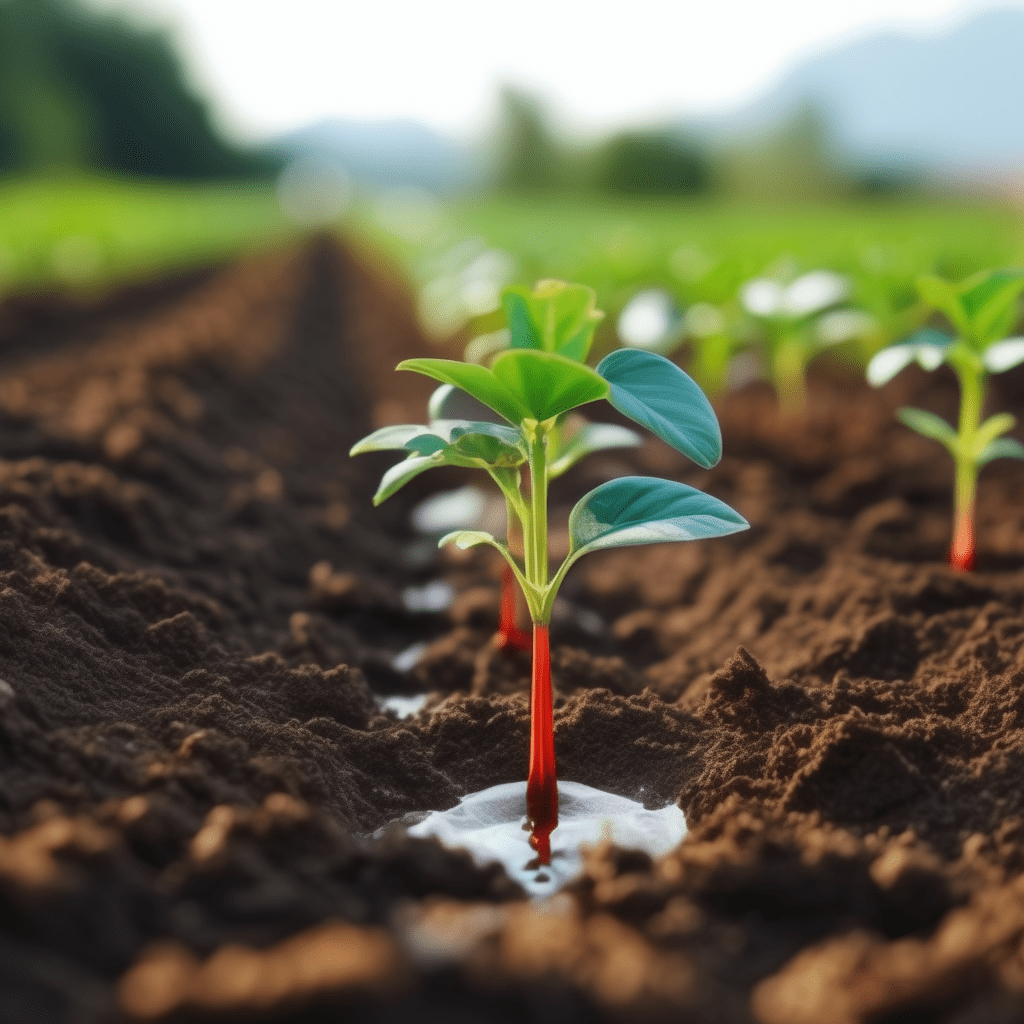
2. Use of Agrotextile and Nets
Agrotextile and nets are often used to create shade over plants. This helps reduce the temperature around the plants and protect them from direct sunlight, which can be harmful during intense heat.
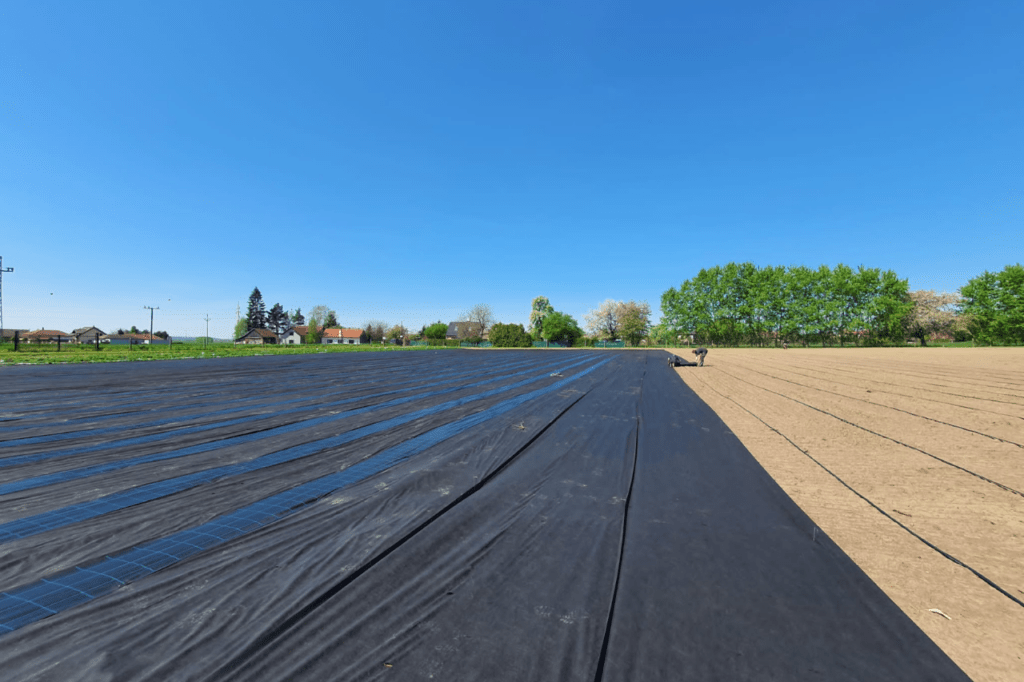
3. Application of Organic Mulch
Mulching with organic materials such as straw, grass, or wood chips helps retain moisture in the soil and lowers the surface temperature. It also contributes to improving soil structure and reducing erosion.
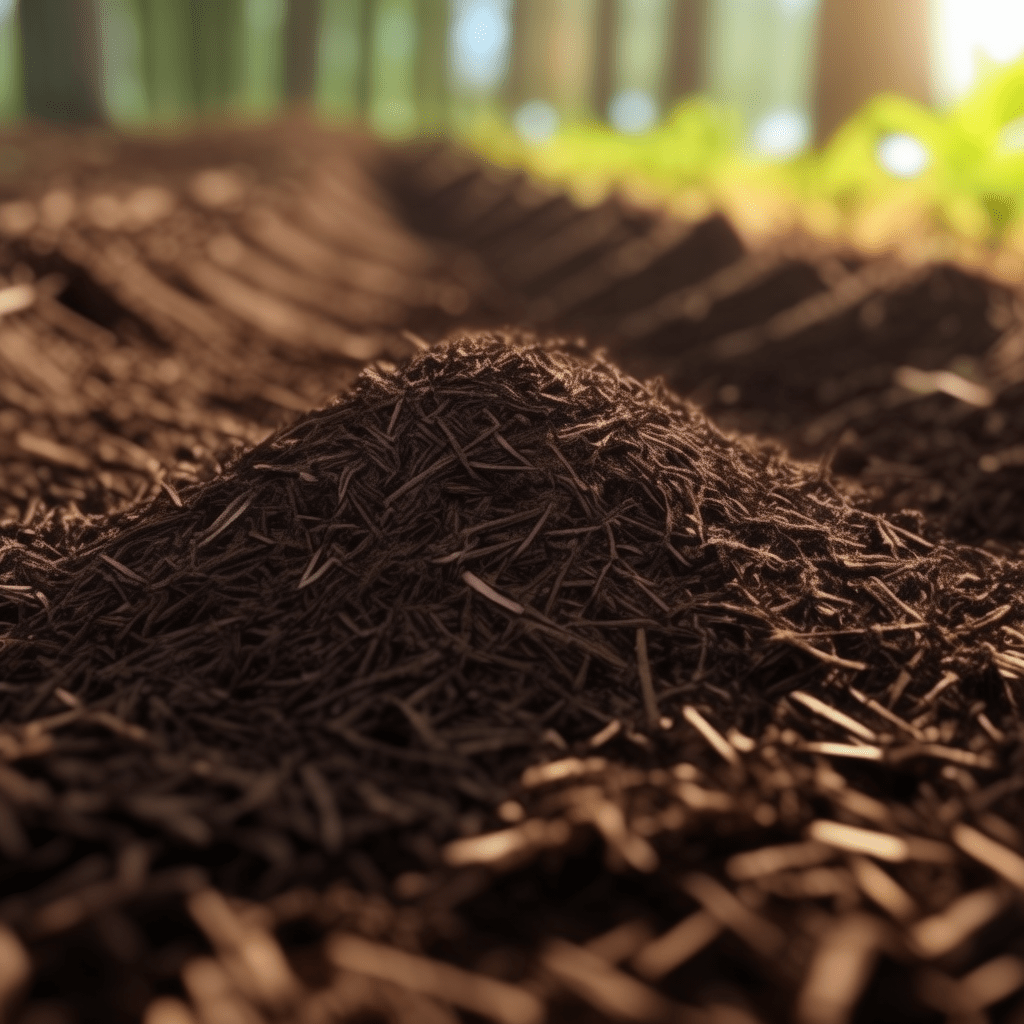
4. Use of Heat-Resistant Varieties
Farmers in Jordan grow vegetable varieties that are more resistant to high temperatures and drought. Such varieties can withstand extreme conditions while maintaining crop yields.
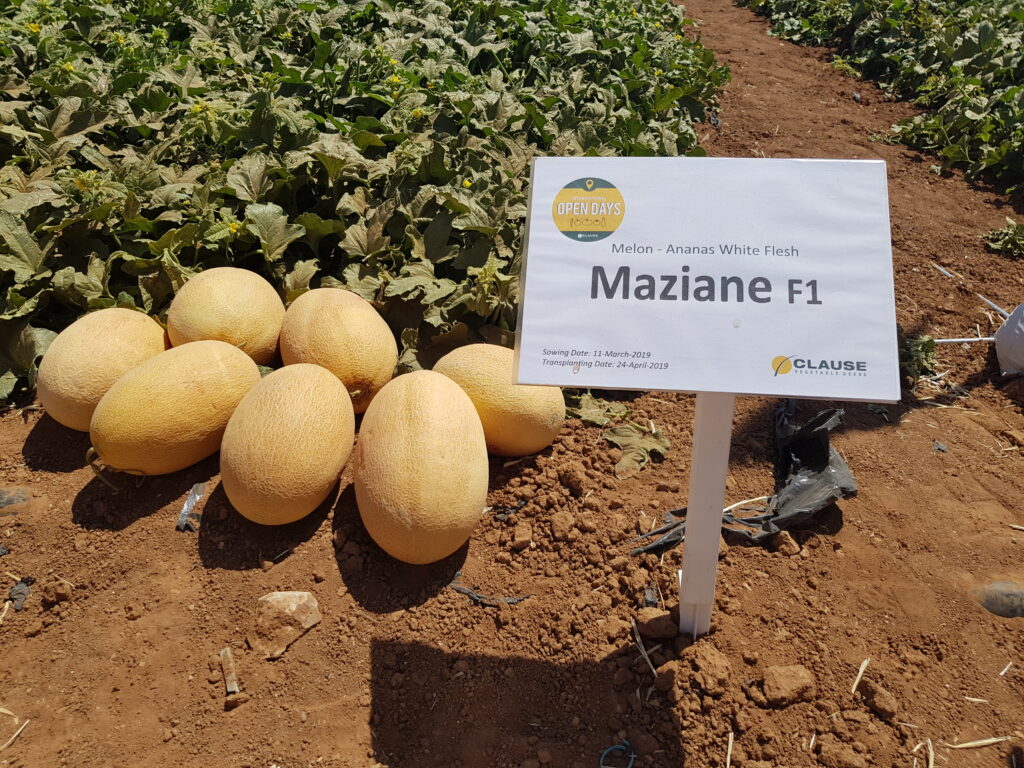
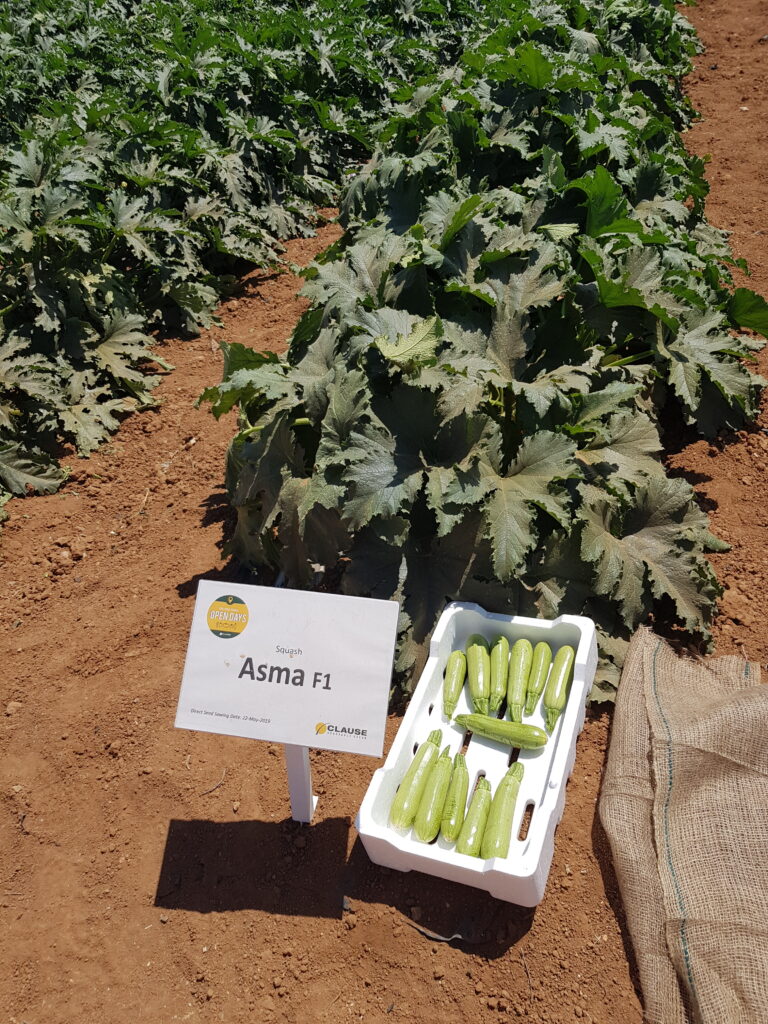
5. Hydroponics and Other Modern Technologies
Hydroponics, which involves growing plants in a nutrient-rich water solution without soil, is also gaining popularity in Jordan. This method allows for controlled growing conditions and reduces water usage.
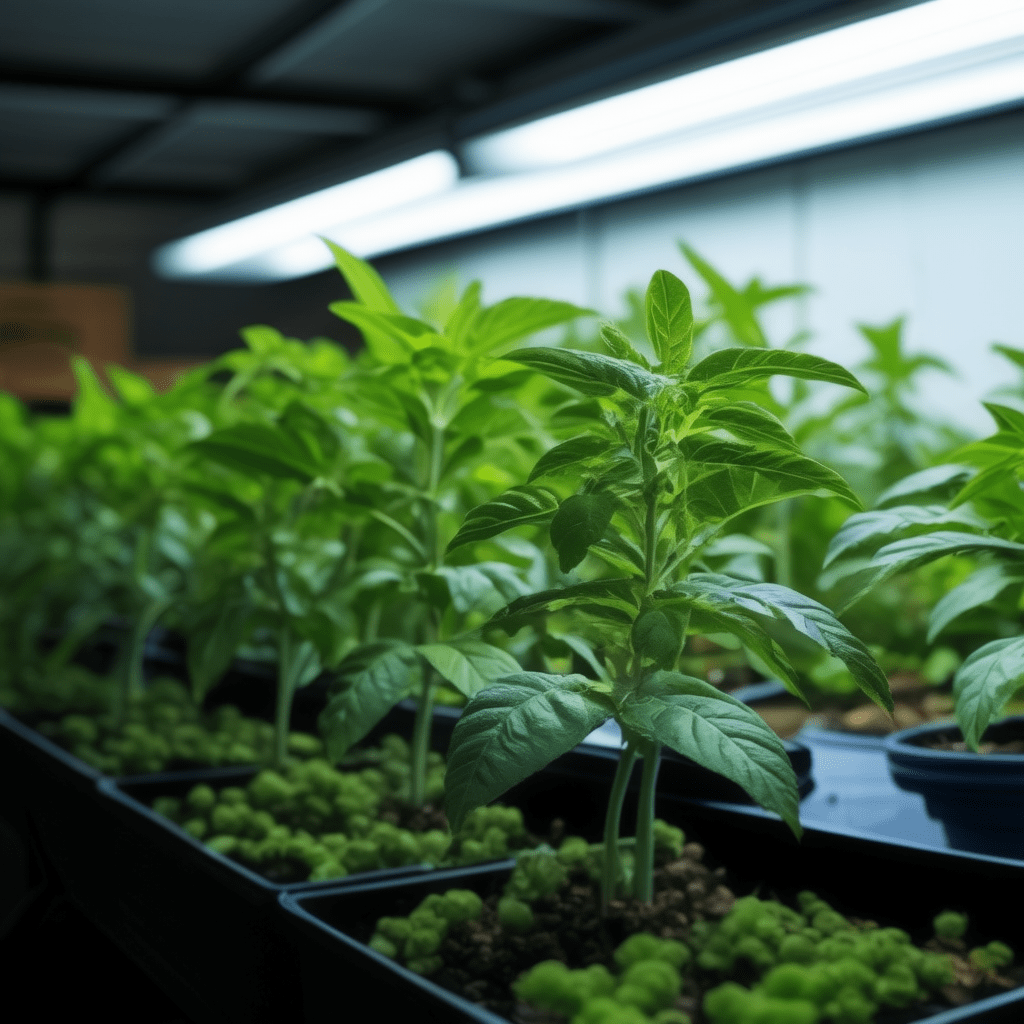
6. Water Resource Management
Effective management of water resources, including the construction of reservoirs and water storage systems, helps ensure a stable water supply for irrigation even during the hottest periods.
In addition to the listed methods, the Jordanian government and international organizations provide support to farmers through training and technological assistance in implementing efficient irrigation techniques and other agronomic practices.
These measures help Jordanian farmers effectively protect their crops from heat and ensure stable yields even under harsh climate conditions.
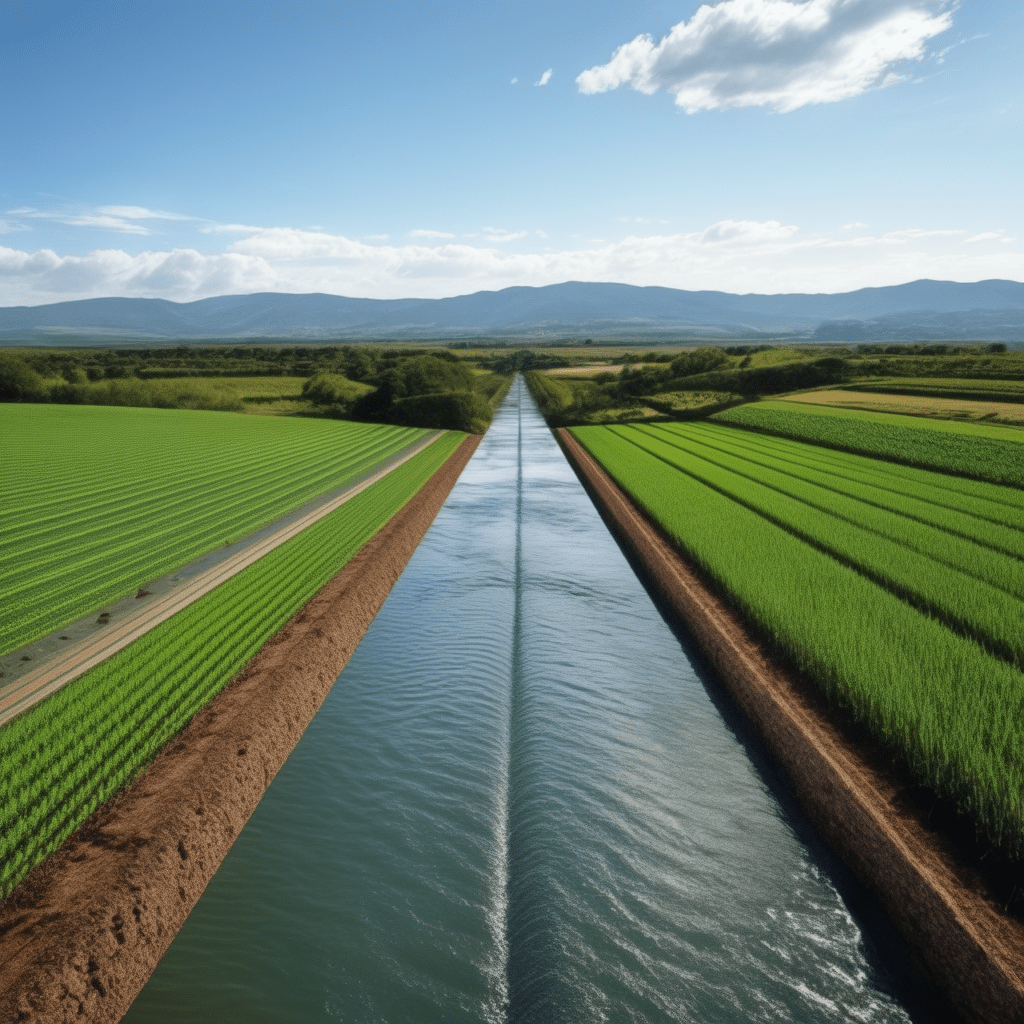
Protecting crops from heat is a key task in maintaining the productivity and quality of agricultural produce.
Methods that can help reduce the risk of plant damage in hot climate conditions:
1. Mulching
Mulching helps to retain moisture in the soil and lowers the surface temperature. Mulch made from organic materials such as straw, grass, or leaves creates a natural barrier that prevents moisture evaporation.
2. Watering
Regular and sufficient watering is a key factor in protecting plants from heat. It is best to use drip irrigation or watering at the root to avoid water evaporation and retain moisture in the soil. Watering is best done early in the morning or late in the evening, when the sun is less intense.
3. Protective shelters
Using special sun-protection nets or agrofabric can protect plants from direct sunlight, lowering the temperature around the plants. This is especially effective for vegetable and berry crops.
4. Growing in the shade
Placing plants under trees or installing temporary shading structures can help reduce the impact of heat. It’s also possible to grow shade-loving crops under taller plants that create shade.
5. Fertilizer application
Maintaining plant health by applying fertilizers can increase their resistance to stress. Potassium-based fertilizers are especially important, as they improve water exchange in plants.
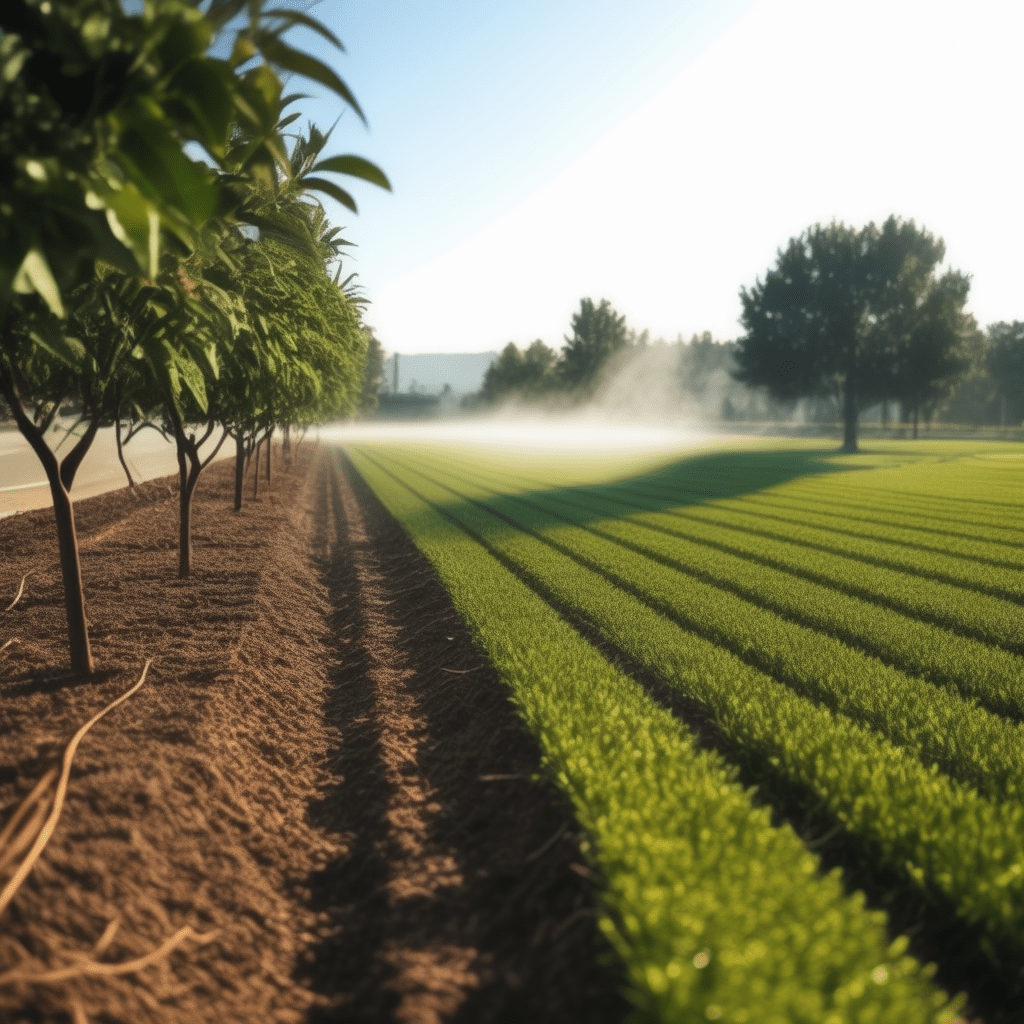
6. Use of heat-resistant varieties
Choosing plant varieties that are more resistant to high temperatures can significantly reduce the risk of crop loss. There are many varieties specifically developed for growing in hot conditions.
7. Adjusting planting density
Overly dense planting can raise the temperature around plants and reduce air circulation. Optimizing planting density helps lower heat stress.
8. Use of water-saving technologies
Too dense planting can increase the temperature around plants and reduce air circulation. Optimizing planting density helps to reduce heat stress.
Using these methods together can significantly increase the crop’s resistance to high temperatures and preserve its quality and quantity.
9. Rainwater collection
Going back to the experience of our ancestors and the residents of Crimea, some of whom never had systematic irrigation, they collected rainwater in barrels and later used it for watering.
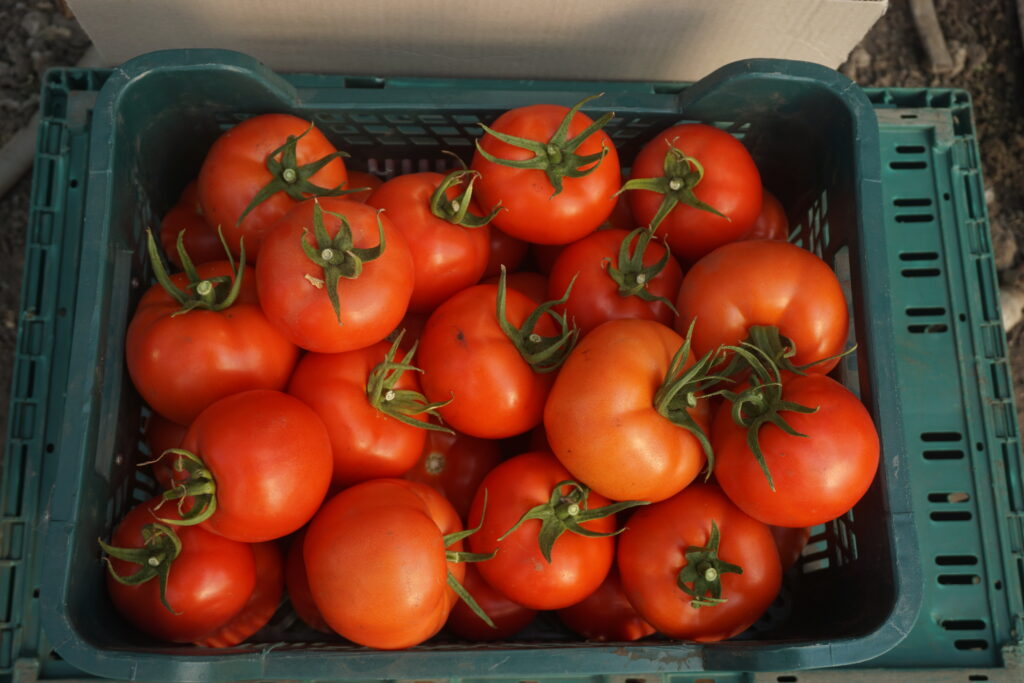
We hope some of these tips were helpful in saving your harvest from the heat. Share your own tips and recommendations on how you protect your plants from heat.
If you have found a spelling error, please, notify us by selecting that text and pressing Ctrl+Enter.

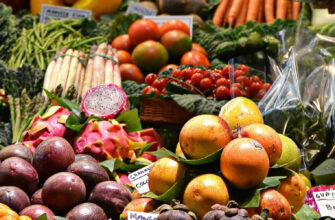
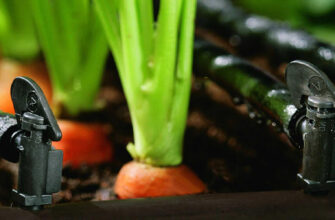
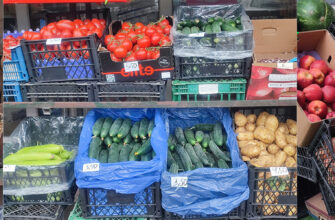


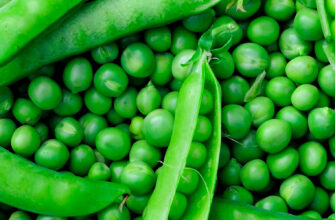
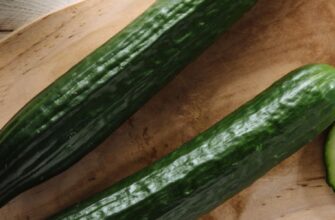
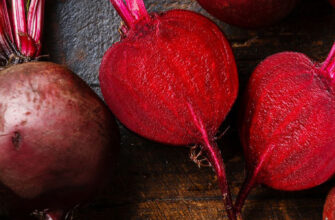
Spelling error report
The following text will be sent to our editors: